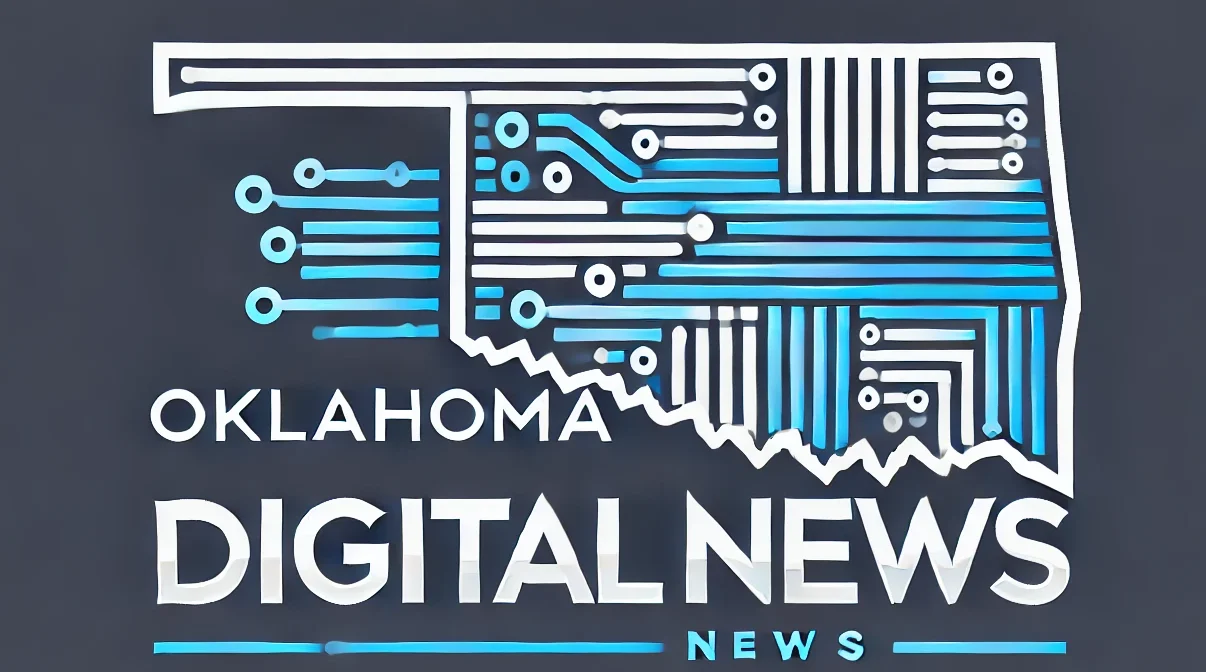Meteorologists Warn About Trump Regime’s NOAA Plans


 The Trump regime’s 2026 budget passback plan, currently under consideration, eliminates National Oceanic and Atmospheric Administration’s Oceanic and Atmospheric Research (OAR) Office and its 10 research laboratories and 16 affiliated Cooperative Institutes, and moves the few remaining research efforts to different NOAA departments.
The Trump regime’s 2026 budget passback plan, currently under consideration, eliminates National Oceanic and Atmospheric Administration’s Oceanic and Atmospheric Research (OAR) Office and its 10 research laboratories and 16 affiliated Cooperative Institutes, and moves the few remaining research efforts to different NOAA departments.
If enacted, the passback plan would close all of NOAA’s weather, climate, and ocean Laboratories and Cooperative Institutes.
The speed at which these decisions are being made translates into little to no opportunity for feedback or consideration of long-term impacts.
“Without NOAA research, National Weather Service (NWS) weather models and products will stagnate, observational data collection will be reduced, public outreach will decrease, undergraduate and graduate student support will drop, and NOAA funding for universities will plummet,” according to a statement opposing these moves from the American Meteorological Society and the National Weather Association.
“In effect, the scientific backbone and workforce needed to keep weather forecasts, alerts, and warnings accurate and effective will be drastically undercut, with unknown — yet almost certainly disastrous — consequences for public safety and economic health,” they said.
The work of NOAA Research Labs and Cooperative Institutes:
- Sparked and developed our national Doppler radar network. NOAA research proved that Doppler weather radars are critical for severe thunderstorm warnings. This research led directly to the creation of the national Doppler weather radar network, which provides the radar observations you see on television and on your phone, and which meteorologists use to keep you safe during hazardous and severe weather. The next generation of weather radar is now being developed in the same laboratories.
- Feeds National Weather Service forecasts. NOAA research created and continuously improves the two computer weather models used by the National Weather Service to generate hourly and daily weather forecasts. One model focuses on predicting severe weather and is used extensively by the transportation and energy sectors. Another model predicts global weather patterns across the world for the 3- to 14-day range, with forecast outlooks used by farmers, ranchers, and water managers.
- Helps us respond to hurricanes. The NOAA Hurricane Hunter aircraft that fly into Atlantic Ocean hurricanes collect essential observations to improve forecasts of hurricane landfall location and intensity, leading to better evacuation decisions and emergency response. This directly impacts public safety during extreme weather events.
- Helps us track airborne hazards. NOAA research developed and continuously improves models to track the release of hazardous materials, including toxins, wildfire smoke, and volcanic ash, to keep people out of danger–as well as creating specialized instruments to detect those airborne hazards.
- Keeps water treatment plants on track. NOAA implemented and operates a lake hypoxia warning system to help keep drinking water potable in the Great Lakes region.
- Warns communities of tsunamis. NOAA researchers developed and maintain the real-time tsunami monitoring system that plays a critical role in tsunami forecasting and helps keep coastal communities safe.
- Helps farmers and managers plan. NOAA created and runs an El-Niño information system to assist in seasonal forecasting of temperature and rainfall across the U.S. This helps farmers, ranchers, water managers, and electric utility companies make better decisions.
- Keeps water supplies more secure. NOAA research developed and continuously advances water information systems to better manage large reservoirs that supply water to towns, cities, and farmers across the nation.
- Addresses climate change. NOAA research has developed and improved climate models, the U.S. Climate Reference Network, and monitoring stations to learn about our changing climate and its causes.
NOAA Research costs every American citizen less than a cup of coffee a year, with large returns on this small investment. This is a prime example of effective government — one that helps grow the economy and keeps people safe.
If you believe in the importance of NOAA research for maintaining and improving NWS forecasts and services to the nation then the time to act is now. Consider installing the 5 Calls app on your phone to assist you.
To find your Congressional Representative or Senator you can use these resources:
New York Almanack is reporting on the Trump regime’s impacts in New York State, but we can’t do it without your help. Please support this work.
Have news about these issues and how they relate to your organization or community? Leave a comment or let us know here.
Source link




